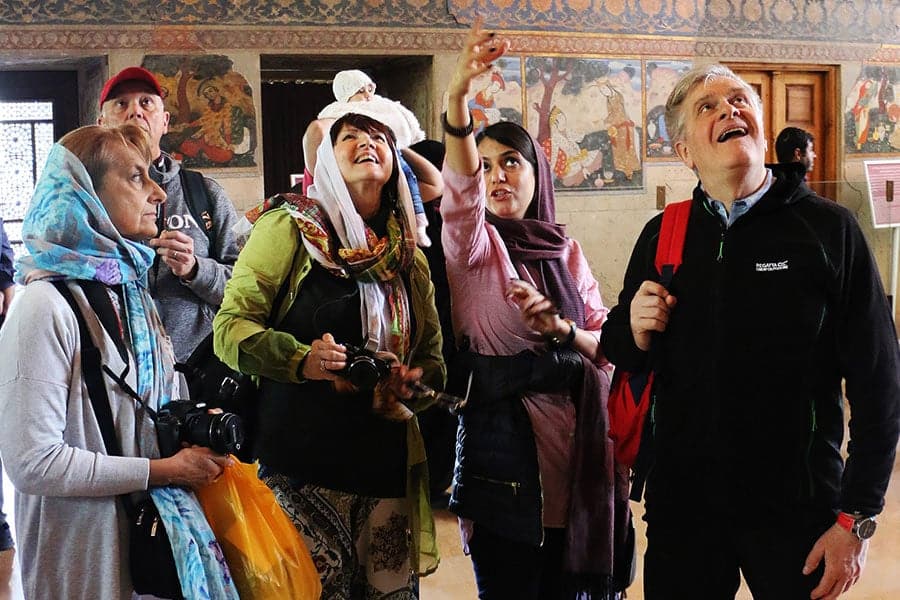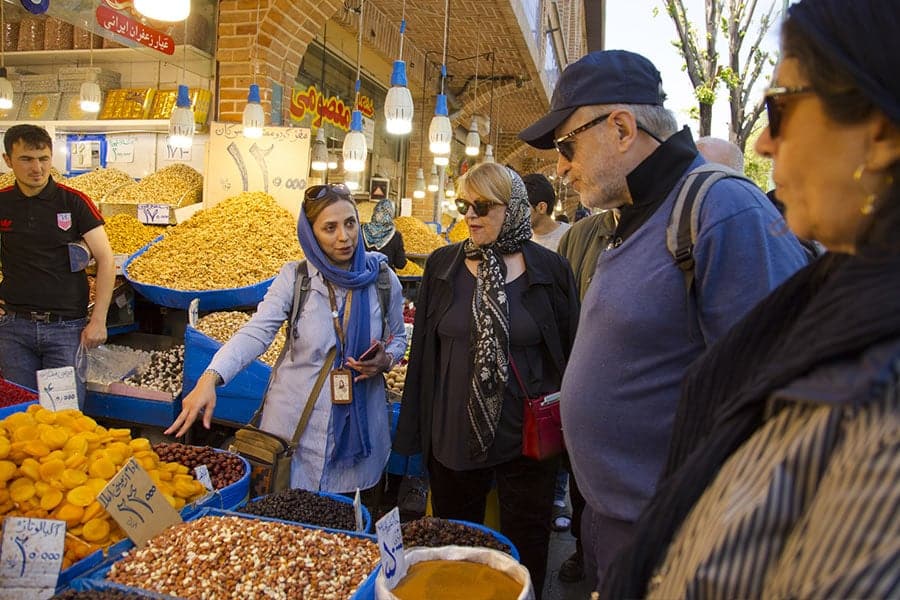Tomb of Daniel in Susa: Exploring the Prophet Daniel's Mausoleum
Mysteries of a Sacred Site: The Tomb of Daniel in Susa

The Tomb of Daniel (Dānīāl-e Nabī Shrine), dedicated to the Old Testament prophet Daniel, is a revered site rich in history and cultural significance. Situated in the southwestern region of Iran, this shrine not only serves as a spiritual center but also stands as a testament to the intricate blend of Biblical history and Islamic tradition.
Contents
The Historical Daniel: Biblical and Popular Traditions

Daniel, a prophet from the Hebrew Bible, is celebrated for his unwavering faith and his role as a wise sage during the reigns of several Babylonian and Medo-Persian kings. The Book of Daniel, which bears his name, offers a narrative that spans from royal counsel to prophetic visions, deeply influencing both Jewish and Christian eschatology.

Though not mentioned directly in the Quran, Daniel is esteemed in Islamic tradition as well, where his life and prophecies continue to be honored, particularly at the site of his purported tomb in Iran.
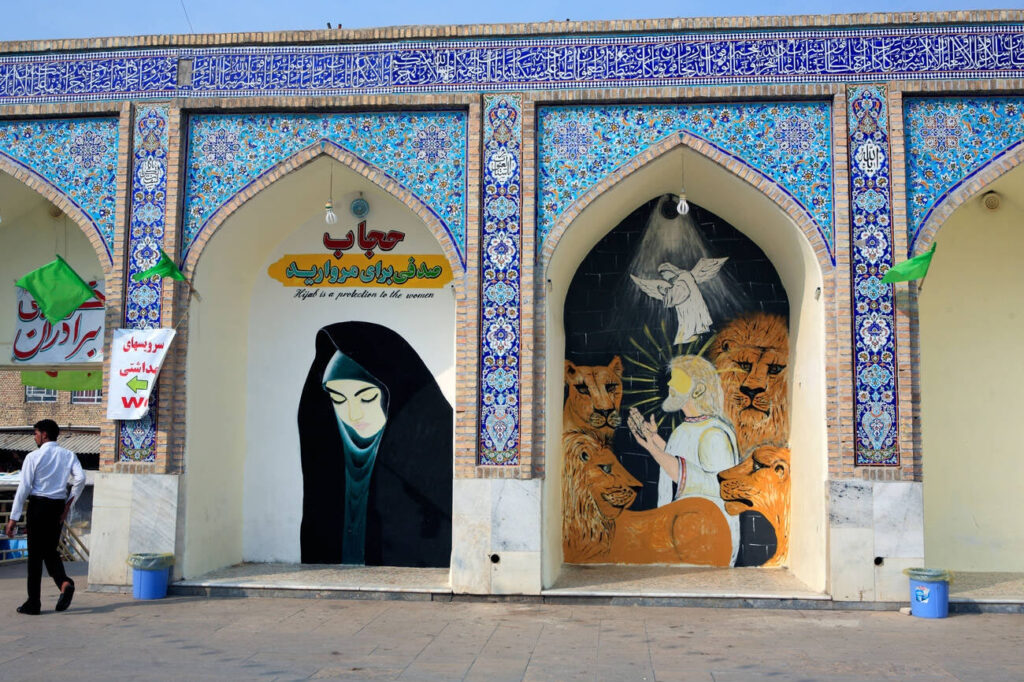
Fascinating Facts About the Tomb of Daniel
- Multiple Tombs: The Tomb of Daniel is claimed to exist in several locations around the world including Iran, Iraq, Uzbekistan, and Turkey, each supported by local traditions and historical narratives.
- River Protection: In Susa, Iran, it is believed that Daniel’s tomb was initially placed in the middle of a river to protect it from being desecrated by invaders.
- Moving Coffin: According to a traveler’s account by Benjamin of Tudela in the 12th century, the coffin of Daniel in Susa was alternately moved from one riverbank to another annually to ensure equal economic benefits for both sides of the city.
- Crystal Coffin: The Seljuq Sultan Sanjar is said to have placed Daniel’s wooden coffin inside a larger crystal coffin, suspended by chains over a bridge, to honor the prophet.
- Fish Protection: Local legend in Susa holds that the fish near the tomb are not to be caught or harmed, a tradition said to be established in honor of Daniel and enforced during certain historical periods.
- Architectural Influence: The tomb structure in Susa features architectural elements from various periods, reflecting the long history of the site and the continuous reverence for Daniel throughout the centuries.
- Prophetic Veneration: Despite not being mentioned in the Quran, Daniel is highly regarded in Islamic tradition as a prophet, and his tomb is a site of pilgrimage for people of multiple faiths.
Location and Significance
The shrine is located near Shush, Iran, an area historically known as Susa. According to Islamic tradition, Daniel’s remains were interred here, by the river Shavur, a location that connects deeply with his Biblical narrative. The site is marked by a distinctive conical dome, visible from afar, serving as a beacon for pilgrims and tourists alike.
Architectural Splendor
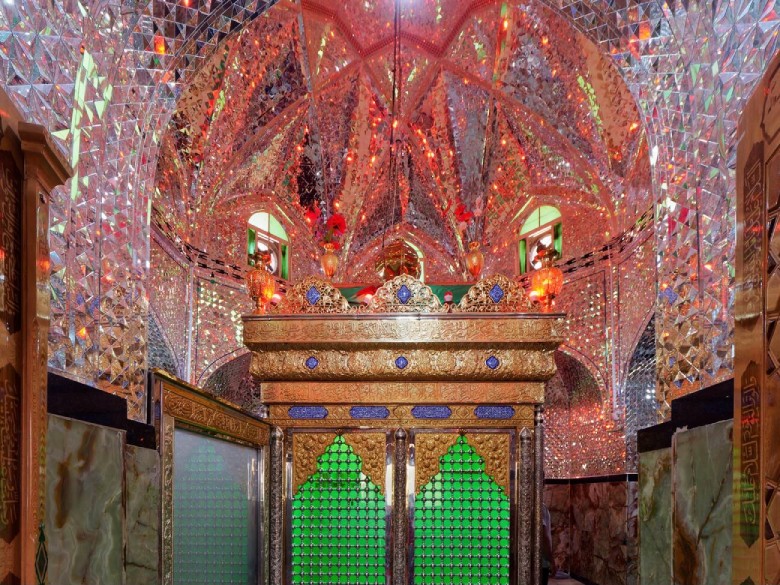
Reflecting a fusion of Islamic architectural elements, the shrine features intricate brickwork and a spacious courtyard. The interior is adorned with exquisite tile work that narrates stories from Daniel’s life, making it not only a place of worship but also of artistic admiration.
Cultural Impact
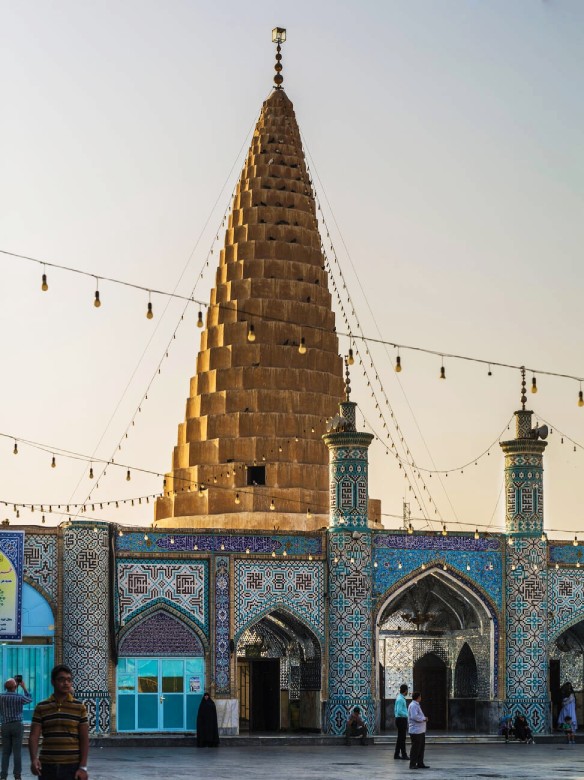
The shrine is a focal point for local celebrations and religious gatherings, especially significant in the Shia Muslim community. It acts as a bridge, bringing together people from different faith backgrounds who share a mutual respect for Daniel’s prophetic legacy.
Preservation Efforts and Challenges

Maintaining the integrity of the Dānīāl-e Nabī Shrine poses several challenges, primarily due to its age and the environmental conditions of the region. Efforts to preserve the site are supported by local authorities and international organizations who recognize its historical and religious importance.
Nearby Sites of Interest
Visiting the Dānīāl-e Nabī Shrine also offers the opportunity to explore several other historical and cultural sites within the vicinity, enhancing the travel experience. Here are some notable locations:
Susa Archaeological Site
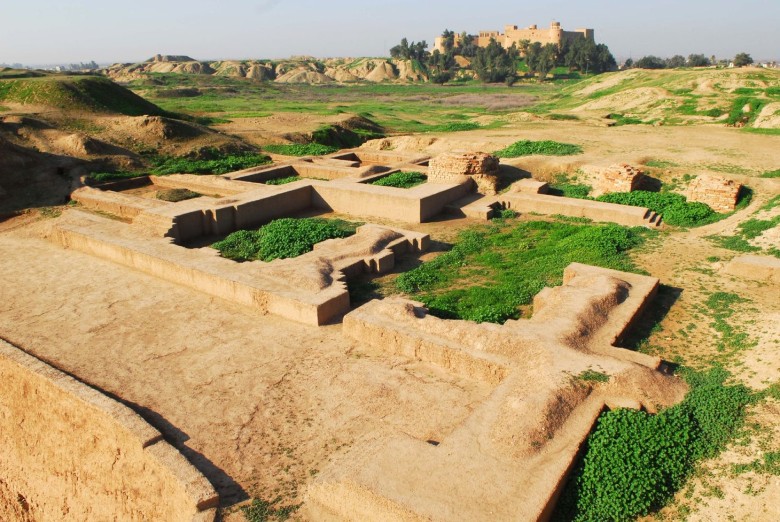
Just a short distance from the shrine, the ancient city of Susa, one of the oldest known settlements, provides a profound insight into the region’s rich history. The site includes the remains of the Elamite, Persian, and Parthian eras, featuring relics and structures that have withstood the sands of time.
The Acropolis of Susa
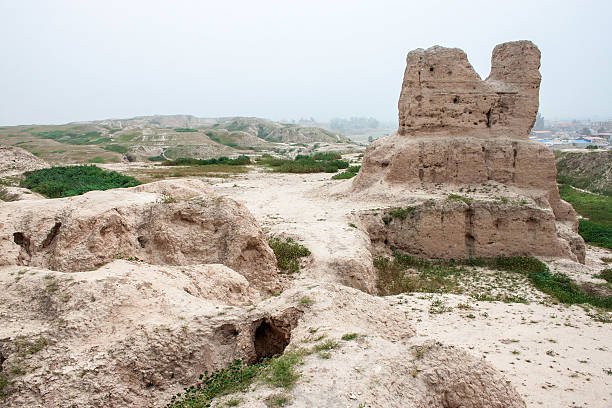
Nearby the archaeological site, the Acropolis stands as a testament to the architectural advancements of the ancient civilizations that inhabited the area. It offers a panoramic view of the ancient city and a deeper understanding of its strategic importance through centuries.
Shush Castle
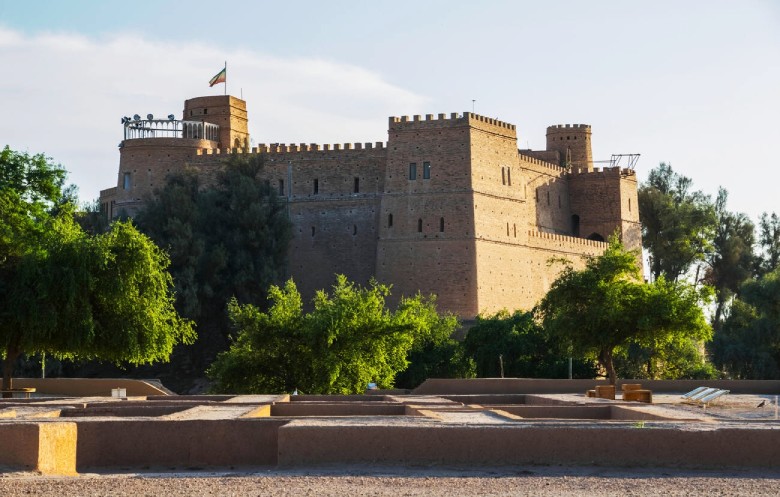
Constructed in the late 19th century using bricks from the ancient city, Shush Castle is a blend of medieval architecture inspired by French castles. It houses a museum displaying artifacts from Susa and offers a picturesque view of the surrounding landscape.
Apadana Palace
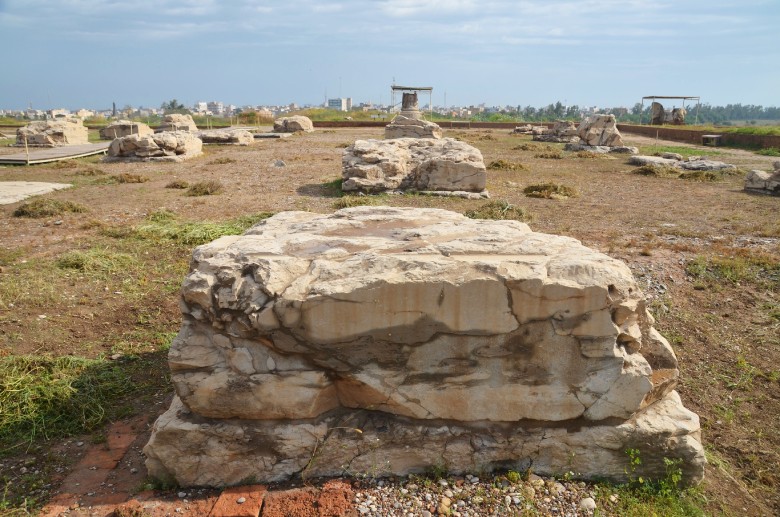
Another significant landmark is the Apadana Palace, known for its impressive columned hall, which was once part of Darius the Great’s extensive palace complex. This site provides a glimpse into the opulent life of the Persian royalty.
Other locations that are also recorded as the tomb of the Prophet Daniel
This table lists various locations around the world where the tomb of the Prophet Daniel is reputed to be located. Each site is associated with unique narratives and traditions that reflect the widespread veneration of Daniel across different cultures and religions.
| Location | Country | Description |
|---|---|---|
| Susa (Shush) | Iran | Most recognized site, where the shrine with Daniel’s remains is said to be located between rivers in Iran. |
| Samarkand | Uzbekistan | Contains a prominent shrine claimed to house Daniel’s remains, attracting many pilgrims and tourists. |
| Kirkuk | Iraq | Another site claimed to be Daniel’s resting place, featuring a tomb traditionally honored by multiple faiths. |
| Tarsus | Turkey | Local tradition identifies a burial place of Daniel in this historic city, adding to its multicultural past. |
| Mosul | Iraq | A site within the city is believed by some to be the final resting place of Daniel, although less recognized. |
Conclusion
The Dānīāl-e Nabī Shrine is more than just a religious site; it is a capsule of historical narratives and cultural confluence. It offers a unique insight into the spiritual traditions of the region and stands as a symbol of the enduring legacy of Prophet Daniel. As such, it attracts not only the faithful but also historians and cultural enthusiasts eager to explore the depths of Middle Eastern heritage.
Book Services, Pay Online
For those interested in visiting or learning more about this profound site, SURFIRAN offers detailed tours and comprehensive insights, ensuring a meaningful and enlightening experience.
Read More
